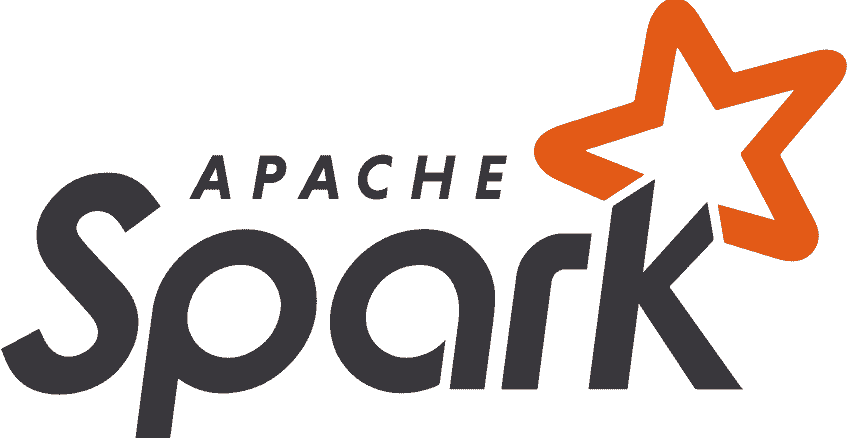Difference between SparkContext and SQLContext in Apache Spark

Apache Spark is a distributed computing framework used for big data processing. It provides APIs for working with both structured and unstructured data, which allows users to easily manipulate large datasets. Two important entry points in Spark are the SparkContext and the SQLContext. Both of these entry points have different use cases and APIs, and understanding their differences is crucial for effective data processing in Spark.
In this article, we’ll explore the key differences between SparkContext and SQLContext, and how they are used in Spark.
| SparkContext | SQLContext | |
|---|---|---|
| Purpose | Core entry point for low-level Spark APIs | Entry point for working with structured data in Spark |
| API | Provides access to RDD APIs | Provides access to DataFrame and Dataset APIs |
| Data | Works with both structured and unstructured data | Works with structured data only |
| Features | Provides basic functionality like RDD creation and parallelization | Includes DataFrame and Dataset APIs for working with structured data and provides advanced query optimization and execution. |
| Usage | Suitable for low-level operations and custom computations | Suitable for working with structured data and performing SQL-like queries on data. |
SparkContext
The SparkContext is the entry point for Spark’s core functionality. It is responsible for coordinating the distributed processing of data across a cluster of machines, and provides access to the core Spark API. The SparkContext can be used to create and manipulate resilient distributed datasets (RDDs), which are the fundamental data structures in Spark.
An RDD is a collection of data that is distributed across multiple machines in a cluster, and can be operated on in parallel. The SparkContext is used to create, manipulate, and parallelize these RDDs across the cluster. SparkContext provides basic functionality like RDD creation and parallelization. This makes it a suitable choice for low-level operations and custom computations.
SQLContext
The SQLContext, on the other hand, is the entry point for working with structured data in Spark. It provides a higher-level API for working with data in Spark, based on the structured data model. The main APIs in SQLContext are the DataFrame and Dataset APIs. These APIs provide a more declarative and SQL-like way of working with data, making it easier to manipulate and query structured data in Spark.
DataFrames are distributed collections of data organized into named columns, similar to a table in a relational database. They can be created from a variety of data sources, including CSV, JSON, and Parquet files. The Dataset API extends the DataFrame API by providing type-safety at compile-time, making it easier to catch errors early in the development cycle.
The SQLContext provides advanced query optimization and execution, making it a suitable choice for working with structured data and performing SQL-like queries on data. It can also be used with various SQL-like languages such as HiveQL, SparkSQL, and SQL.
Differences between SparkContext and SQLContext
The key differences between SparkContext and SQLContext can be summarized as follows:
Purpose
The SparkContext is used for coordinating the distributed processing of data across a cluster of machines and provides access to the core Spark API, while the SQLContext is used for working with structured data in Spark.
API
The SparkContext provides access to RDD APIs, which are used for low-level operations and custom computations. The SQLContext, on the other hand, provides access to the higher-level DataFrame and Dataset APIs, which are used for working with structured data.
Data
The SparkContext can be used to work with both structured and unstructured data, while the SQLContext is used for working with structured data only.
Features
The SparkContext provides basic functionality like RDD creation and parallelization, while the SQLContext includes DataFrame and Dataset APIs for working with structured data and provides advanced query optimization and execution.
Usage
The SparkContext is suitable for low-level operations and custom computations, while the SQLContext is suitable for working with structured data and performing SQL-like queries on data.
SparkContext and SQLContext are both important entry points in Spark, but they have different use cases and APIs. The SparkContext is used for low-level operations and custom computations, while the SQLContext is used for working with structured data and provides more advanced features like query optimization and execution. Understanding the differences between these two entry points is crucial for effective data processing in Spark, and choosing the right one for the task at hand can make all the difference.

